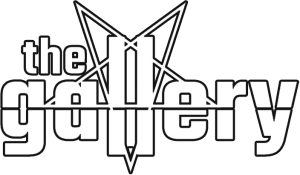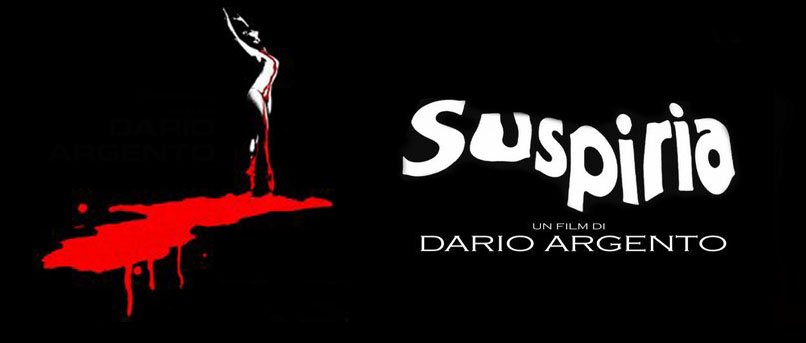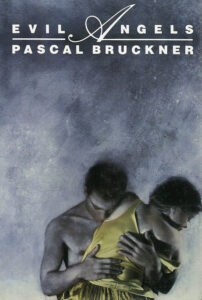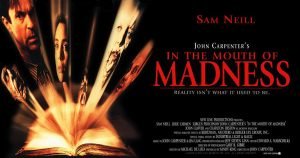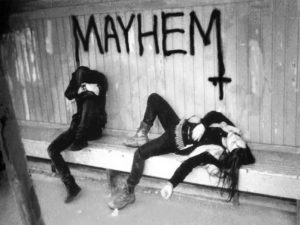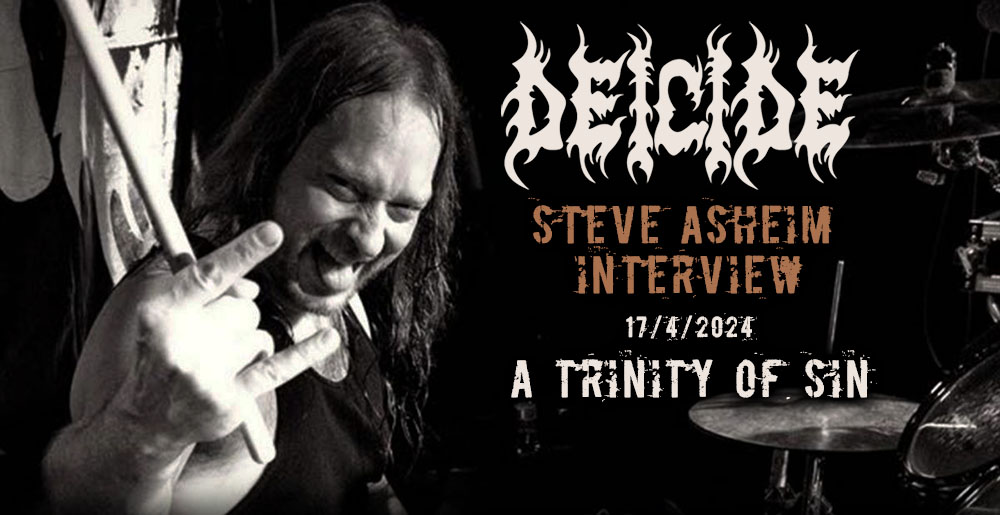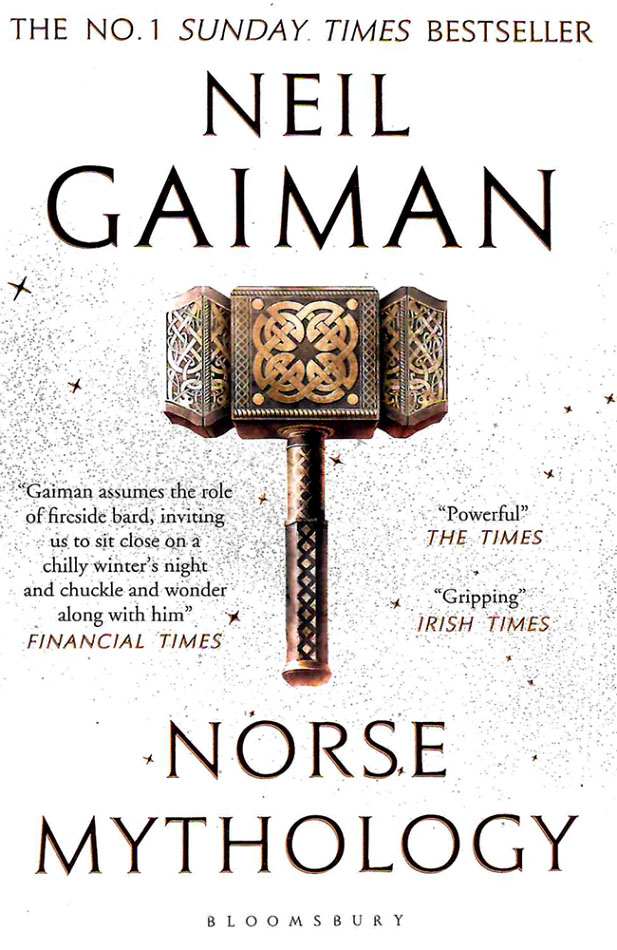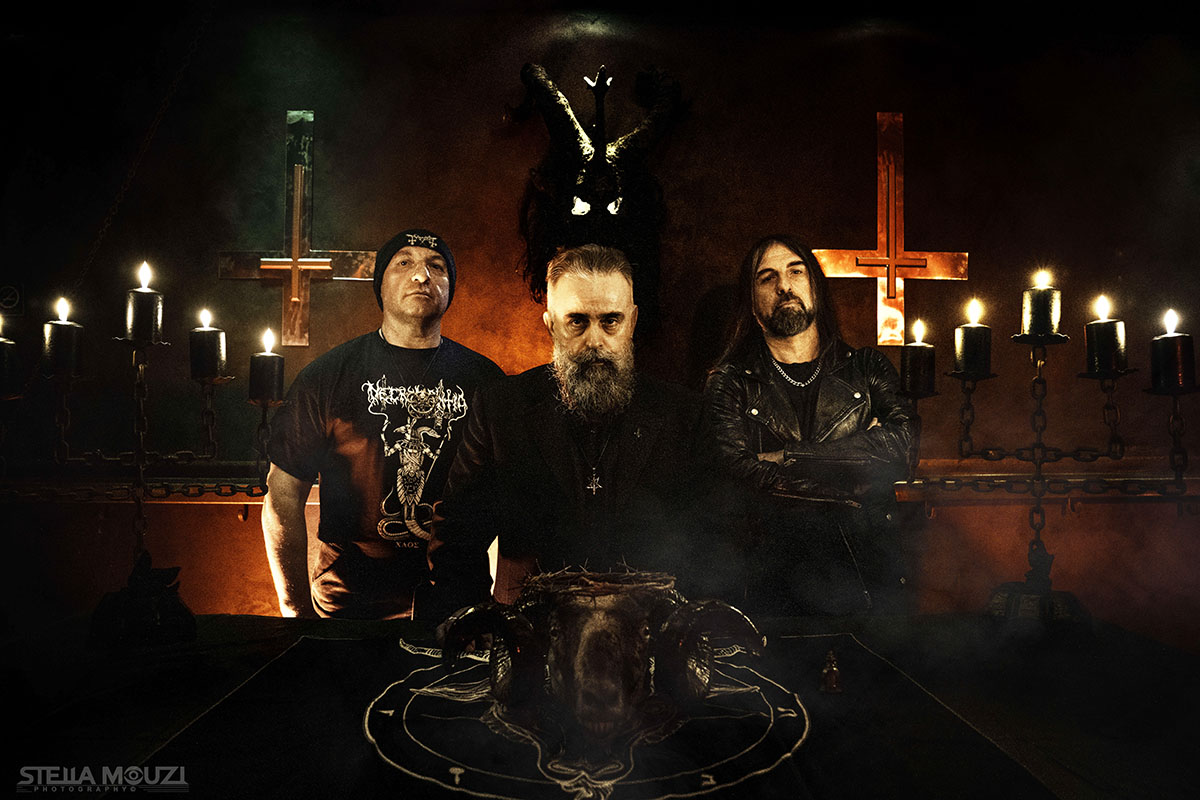“They wheeled in mazes; I spelled the steps. They telegraphed from afar; I read the signals. They conspired together; and on the mirrors of darkness my eye traced the plots. Theirs were the symbols; mine are the words.” – Thomas De Quincy, Suspiria de Profundis
Let’s say that Alice was a dance student traveling from Wonderland to the World through the looking glass to enroll into Chessboard Dance School. And let’s also say that a deranged old witch was murmuring Alice’s story to amuse herself in front of an extinguished fireplace in a cabin in the middle of nowhere and someone with a magic camera could bring to life that narration on Eastmancolor Kodak and print the film using the three-strip Technicolor process and… well, in that case you’d have Dario Argento’s 1977 horror masterpiece “Suspiria”.
The scenario, written by Dario Argento and Daria Nicolodi, the star from his 1975 Deep Red (“Proffondo Roso”) and afterwards his wife, was based on a bedtime story that Nicolodi’s grandmother, the French pianist Yvonne Müller, used to tell her grand daughter about when she was sent to a music academy on the border between Germany and Switzerland where, according to her, the faculty was practicing black magic. If we take Dario’s side of the story, his main inspiration was Thomas de Quincey’s work entitled Suspiria de Profundis (latin for “Sighs from The Depths”) first published in 1845 and also a trip that he and Daria took in Europe, visiting sites of occultism and “haunted places” between 1975 and 1976.
So anyway, the film starts and right after the titles we see the protagonist Suzy Bannion (Jessica Harper) arriving at the airport of Freiberg southern Germany (in fact we see the old Munich-Riem Airport where the scene was actually filmed). Every time the camera turns to the glass doors marking the exit, the music of Goblin starts and swipes away the naturalistic soundscape of the airport. Now it’s like Alice is looking through the looking glass. Behind her everything is normal but she is approaching the mirror and she will inevitably cross over to the other side. Well, here I go ranting again about Lewis Carroll’s Alice, back to the film… Exiting the airport, Suzy grabs a cab and off she goes to the academy but she ends up spending the night in a hotel as the school’s front door is locked and she can’t get in.
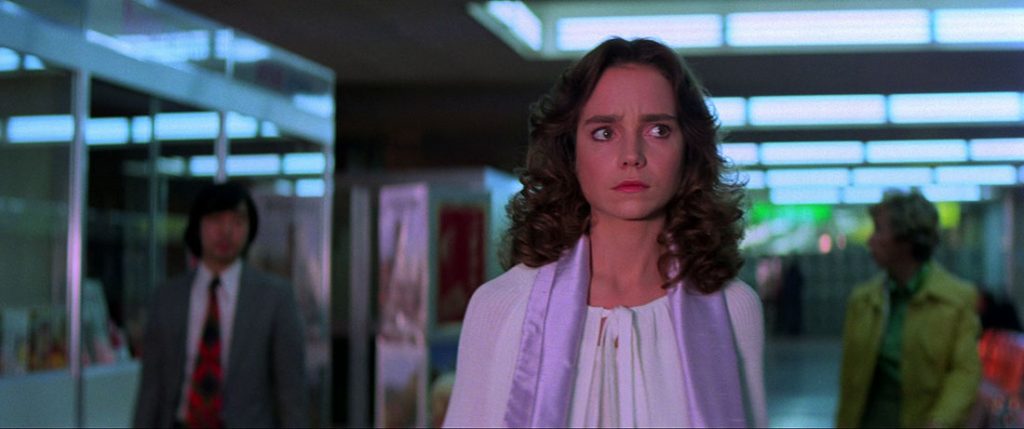
Goblin, the Italian progressive rock band, that collaborated with Dario Argento on Deep Red, plays a fundamental role in enhancing the atmosphere and bringing out the aesthetic elements that are decisive for the artistic identity of the film. For Suspiria the director needed the music to be heard on the set during the shots in order to enhance the atmosphere and help the actors connect the fictional and factual environment of the film. Consequently, a big part of the music was already composed and recorded before filming ended. Maybe hat’s why the camera moves so rhythmically, as it almost “dances” to the score. Agostino Marangolo on drums, percussion and vocals, Massimo Morante on guitars, bouzouki and vocals, Fabio Pignatelli on bass guitar, acoustic guitars and vocals and Claudio Simonetti on synths with the help of Maurizio Guarini (additional keyboards) and Antonio Marangolo (sax on “Black Forest”) delivered one of the most recognizable melodic themes in the history of cinema. “Suspiria” was released as a single with the B-side “Blind Concert” and as a full-length 8 track LP by Cinevox in 1977.
Inside the school everything seems bigger somehow. The geometry of the spaces is a little bit off, lots of arches over doors and windows accentuate the height of the ceiling, the knobs on the doors reach the height of people’s shoulders while sometimes there are doors as high as a cupboard door. It’s like “Alice in…” ehm ok, not going there again… It reminds the geometry in Robert Wiene’s “The Cabinet of Dr. Caligari” (1920): a space on the verge of dream and reality (spoiler alert). Inside Tanz Akademie, Helena Markos the Greek migrant who built the school at the turn of the century, stays hidden in a deadly labyrinth of illusions. Miss Tanner (Alida Valli) and Madame Blanc (Joan Bennett) are the two instructors who organize the everyday life in the school and everybody bows to their will.
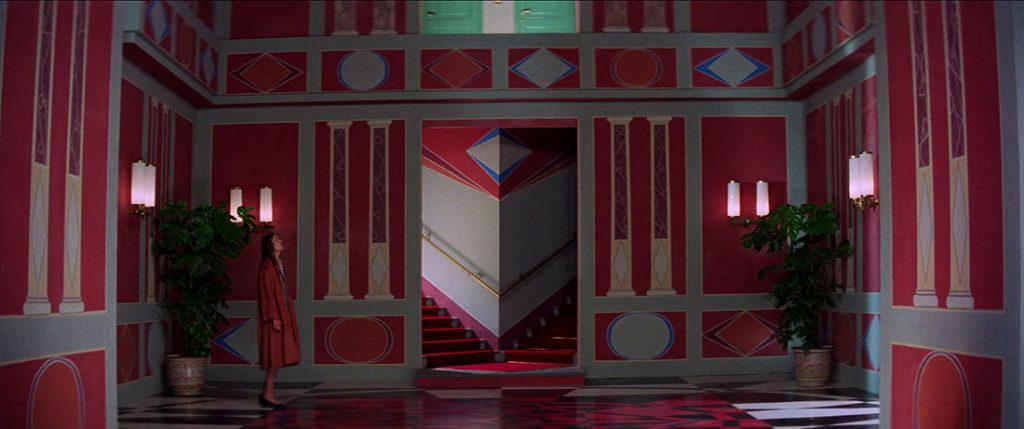
Argento’s original intention was to use children actors, very young girls aged eight to ten. They’d fit perfectly to this fairytale school-like set… but it wouldn’t be very jolly to massacre children on screen and apart from that, his perfectionism would have made him impossible to work with children; he already had trouble with the adults. Eventually he casted the students as teenagers and his choice was proved to be a brilliant one. Nicolodi didn’t update the script when the last decision was made and her choice enhanced the unnerving scenes where we see from time to time young ladies sharing childlike dialogue.
The body count starts right away and it doesn’t stop until the ending crescendo. “Suspiria” begins quickly with great intensity and the combination of image and music is overwhelming. The camera movement is brilliant, the costumes sleek and shiny, the colors are outstanding. The fake blood and the cheap effects in general, at least by today’s standards, instead of taking out some of the horror they add to the hyperealistic dreaminess and they manage to enhance the supernatural eeriness.
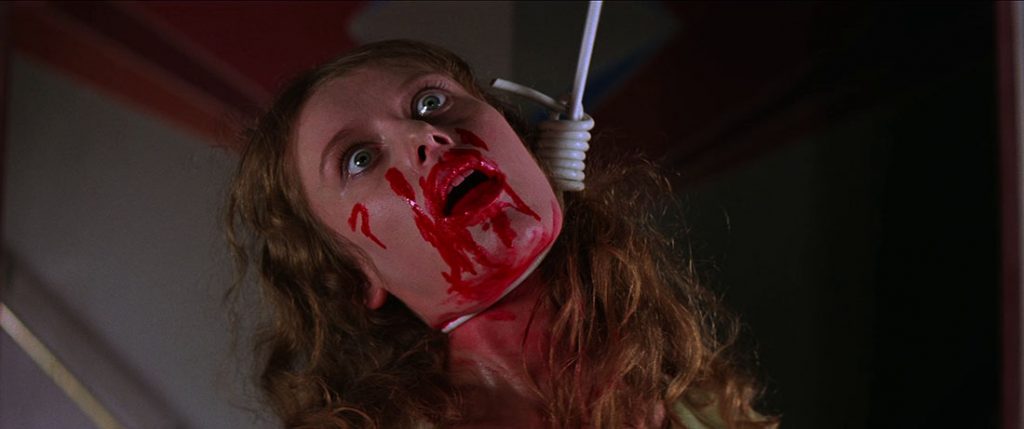
Argento insisted that each actor speak in their native tongue, dubbing it in Italian later; this allowed for a believability through the organic way each actor spoke. Though there were several different languages spoken by the actors onset, it was primarily German and Italian that was heard. And in a sense, through the creation of a linguistic barrier the feeling of hopelessness is intensified through the Suzy’s perspective. Even Harper admitted that it assisted in adding depth to her character’s confusion (A. Arabian, Suspiria (1977): A Technicolor Spectacle Canvaseed Onto Celluloid).
“Suspiria” is a timeless classic. It has directly influenced very important films like John Carpenter’s Halloween (1978), Darren Aronofsky’s The Black Swan (2010), Nicolas Winding Refn’s The Neon Demon (2016) and more. A horror fairytale passing from generation to generation, Dario Argento’s masterpiece will keep as company for many years more feeding us anxiety, pure horror and a sense of helplessness like living in a nightmare from which we can’t wake up.
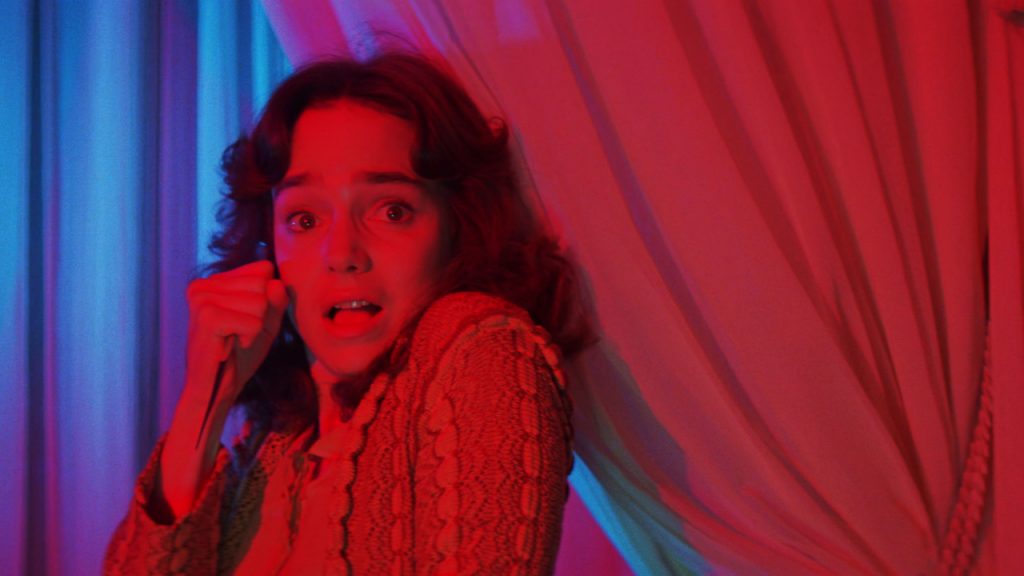
After all, as Red Queen would say to Alice: “Here you see, it takes all the running you can do, to keep in the same place. If you want to get somewhere else, you must run at least twice as fast as that!”.
Yiannis Tziallas
Related Link: Yiannis Tziallas – Official Page
